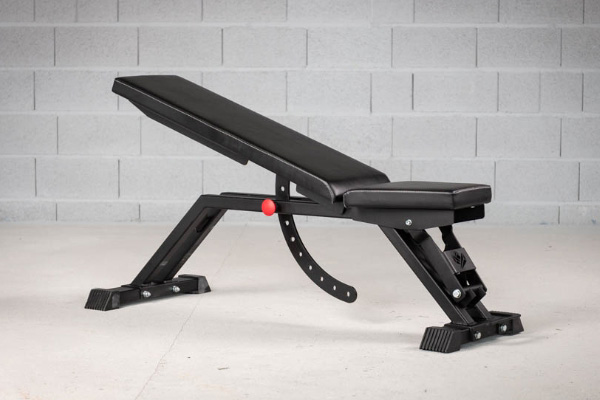A workout bench is a fundamental piece of equipment found in gyms and home fitness spaces around the world. Whether you’re lifting weights, doing abdominal exercises, or performing bodyweight workouts, a bench can enhance your training by providing support, stability, and versatility. One of the key considerations when selecting or using a bench is its width—a detail that directly affects comfort, performance, and safety.
So, what is the typical width of a workout bench, and how does it vary depending on the type and intended use?
Standard Width of a Workout Bench
Most flat workout benches used for general strength training, such as bench presses or dumbbell exercises, have a width ranging from 10 to 12 inches (25 to 30 centimeters). This width is carefully designed to accommodate a variety of users while allowing for full range of motion, especially during pressing movements.
-
10 inches (25.4 cm) – Often considered the minimum effective width, preferred by many competitive lifters who want unrestricted shoulder movement.
-
11-12 inches (28-30.5 cm) – Provides a more supportive surface, ideal for casual lifters or those focused on comfort and stability.
For example, the International Powerlifting Federation (IPF) specifies that competition bench pads must be between 29 and 32 centimeters (approximately 11.4 to 12.6 inches) wide.

Incline and Adjustable Benches
Adjustable benches, which allow users to change the angle of the backrest, typically maintain a similar width to flat benches. However, some may have narrower seats or backrests to accommodate various incline or decline settings.
-
Seat width: 8 to 10 inches (20 to 25 cm)
-
Backrest width: 10 to 12 inches (25 to 30 cm)
These benches are designed for versatility rather than maximum stability, so comfort and support may vary depending on the model and its padding quality.
Why Width Matters
The width of a workout bench can significantly affect your exercise experience in several ways:
1. Support and Stability
A bench that is too narrow may not provide enough support for your upper back or shoulders, especially during heavy pressing movements like the bench press. This could lead to instability or poor form.
2. Range of Motion
While a wider bench offers more comfort, a narrower one allows for greater shoulder mobility and range of motion, which can be beneficial for experienced lifters. However, too narrow, and it can become uncomfortable or unsafe.
3. User Comfort
Wider benches tend to be more comfortable, especially for beginners or those performing exercises for longer durations. The right width helps distribute weight evenly and reduces pressure on specific areas like the spine or shoulders.
4. Safety
A bench that is too wide can restrict movement, while one that’s too narrow may result in poor balance during exercises—both of which can increase the risk of injury.
How to Choose the Right Width
When selecting a bench for your home gym or fitness facility, consider the following:
-
Your body size: Larger individuals may prefer a wider bench for added support.
-
Training goals: Powerlifters often choose narrower benches to optimize form, while general fitness users may prioritize comfort.
-
Exercise types: For heavy bench presses, a stable and moderately wide bench is ideal. For more dynamic movements like step-ups or Bulgarian split squats, a narrower bench may suffice.
Other Dimensions to Consider
While width is important, also take into account:
-
Length: Usually around 45–50 inches (114–127 cm), long enough to support the head and hips.
-
Height: Typically 17–18 inches (43–46 cm) from the ground, ideal for a natural foot placement.
Conclusion
The width of a workout bench typically falls between 10 and 12 inches, with slight variations depending on design and purpose. This seemingly small detail can make a big difference in your workout quality, comfort, and safety. Whether you’re setting up a home gym or shopping for commercial equipment, paying attention to bench dimensions—especially width—will help ensure you get the most out of your training sessions.
Post time: 05-22-2025



